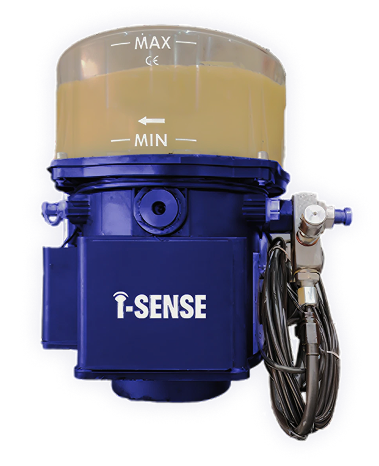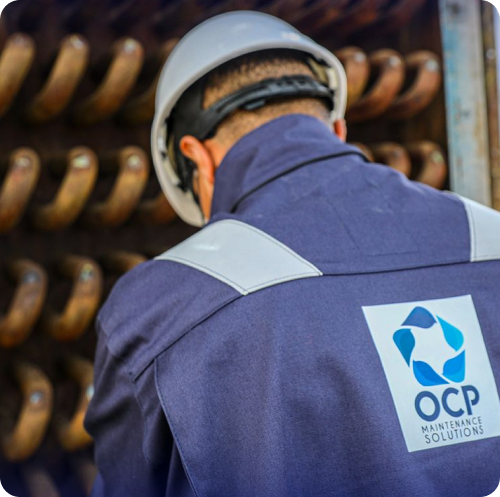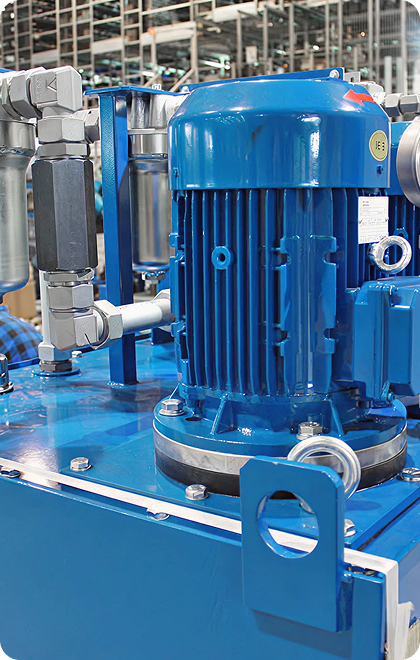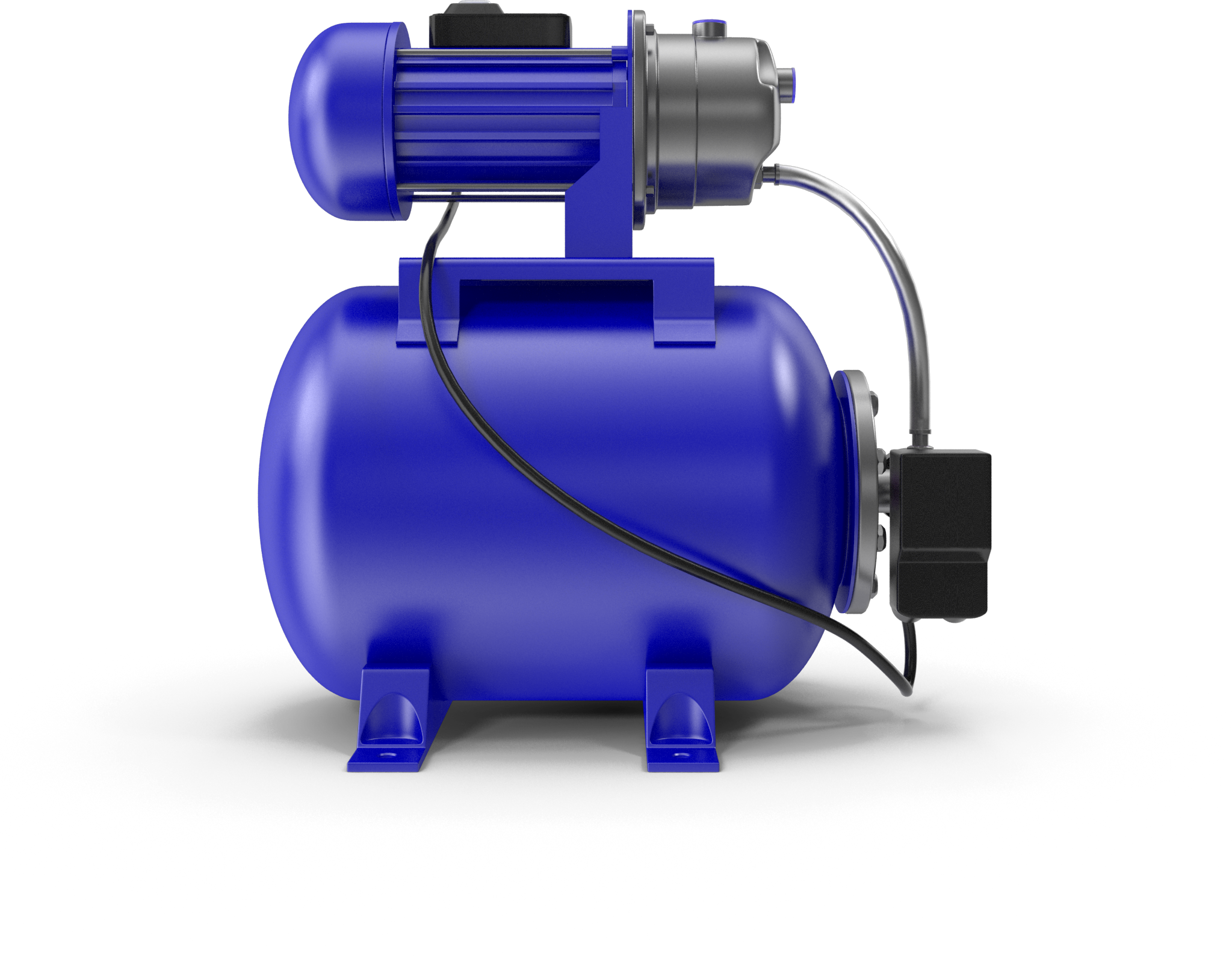








































.png)


Automatic lubrication systems are designed to deliver precise quantities of lubricant to machine components at regular intervals. Their purpose is to ensure consistent lubrication, reduce friction and wear, and extend the overall lifespan of machinery. By centralizing the process, these systems help prevent bearing failures and minimize unplanned downtime, which directly reduces maintenance costs.
Thanks to positive displacement pumps, automatic lubrication systems provide exact amounts of oil or grease, avoiding waste and human error. They can be integrated into both heavy-duty machines in construction and delicate equipment in manufacturing, making them suitable across a wide range of industries. This automation also supports sustainability efforts by reducing lubricant consumption while protecting equipment health.

An automatic lubrication system typically consists of a central pump connected to a network of tubing that distributes lubricant to each lubrication point. Control mechanisms, sensors and timers regulate the flow, taking into account operating conditions such as load, temperature and speed. This ensures a uniform distribution of lubricant, eliminates dry spots and protects moving parts from excessive friction.
Centralized systems can be programmed to follow specific schedules or adjusted remotely, allowing them to adapt to industrial requirements. Their design reduces manual intervention, increases reliability, and ensures continuous performance even under harsh environmental conditions. By automating lubrication, companies can optimize machine productivity and reduce the risks associated with manual practices such as inconsistent application or contamination.

Automatic lubrication systems offer significant advantages compared to manual lubrication. Manual methods are prone to variability, missed lubrication points and incorrect amounts of lubricant, all of which can cause premature wear. Automated systems guarantee precision and consistency, which extends equipment life and reduces unexpected breakdowns.
From a financial perspective, automatic lubrication minimizes over-lubrication and under-lubrication, both of which increase manufacturing costs. By controlling lubricant use, these systems optimize consumption and generate savings over the years. They also improve workplace safety by eliminating the need for operators to access difficult or hazardous areas of machinery.
In addition, modern systems can be integrated with smart sensors and monitoring tools that provide data on lubrication cycles and equipment health. This supports predictive maintenance strategies, reduces downtime and improves asset management. Overall, automatic lubrication represents a cost-effective, reliable and safe solution for industrial maintenance.

Automatic lubrication systems are particularly valuable in industries where assets must operate reliably under demanding conditions. Manufacturing plants benefit from reduced downtime and more efficient production lines. Mining and construction companies rely on these systems to protect machinery exposed to dust, vibrations and heavy loads. In transportation, automated lubrication improves vehicle reliability and reduces service frequency. Agriculture also benefits by extending the operating life of machines during critical production periods.
Across all these industries, automatic lubrication systems help improve performance, increase safety and reduce maintenance costs, making them an essential tool for businesses that depend on operational reliability.